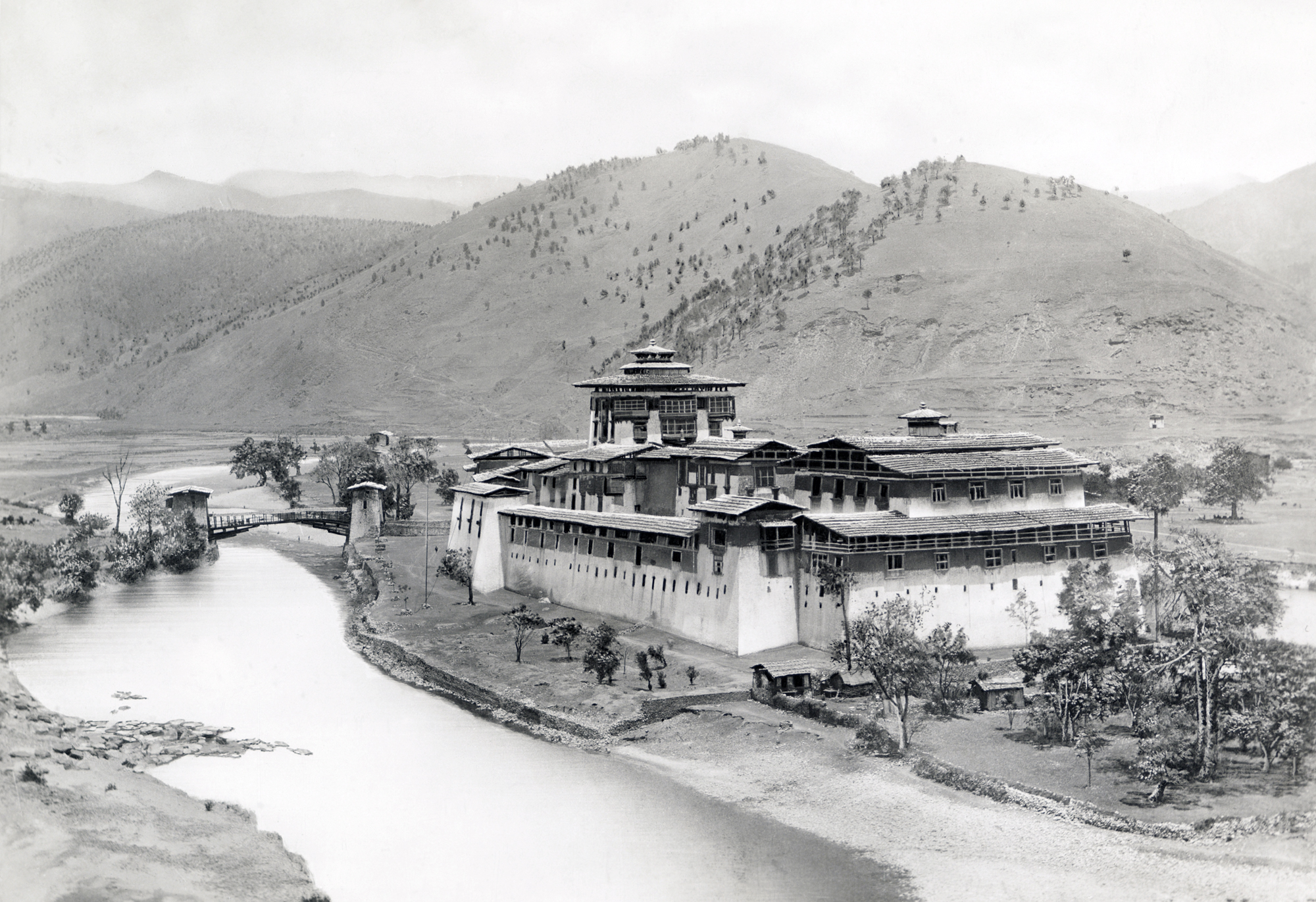This is my ongoing research on the photography history of India, with the aim of documenting the various photographic processes that were experimented with in the country over the years. By studying the work of early photographers in India, I hope to gain insight into the technical innovations and processes used to capture the country’s landscapes, people, and culture. Through this research, I also hope to showcase the diverse range of photographic techniques that have been employed in India and the ways in which these techniques have influenced and shaped the country’s visual history. Ultimately, my goal is to contribute to a better understanding of the rich and complex history of Indian photography and to promote its continued study and appreciation.
Processes & History
William H. Pigou (1818-1858), he was a surgeon at the Bombay Medical Service and Calotypist...
James Waterhouse (1842-1922), was an officer in the Royal Artillery and a photographer. He was...
John Claude White (1853 – 1918) was an engineer, photographer, writer and civil servant in...
William J. Johnson (1820 to ?), arrived in Mumbai (Bombay) in the 1840s and served...
Benjamin Simpson (1831 – 1923), was a British Surgeon-General and a photographer born in Dublin...
Joseph David Beglar, or Joseph David Freedone Melik Beglar (1845–1907), was an Armenian-Indian trained engineer...
John McCosh (1805-1885), a Scottish army surgeon and a photographer was, employed by the Indian...
John William Newland (?–1857) an English daguerreotypist hailed from Redgrave in Suffolk, England. He was...
Darogha Ubbas Alli, a 19th century Indian, was an assistant municipal engineer and photographer in Lucknow...









